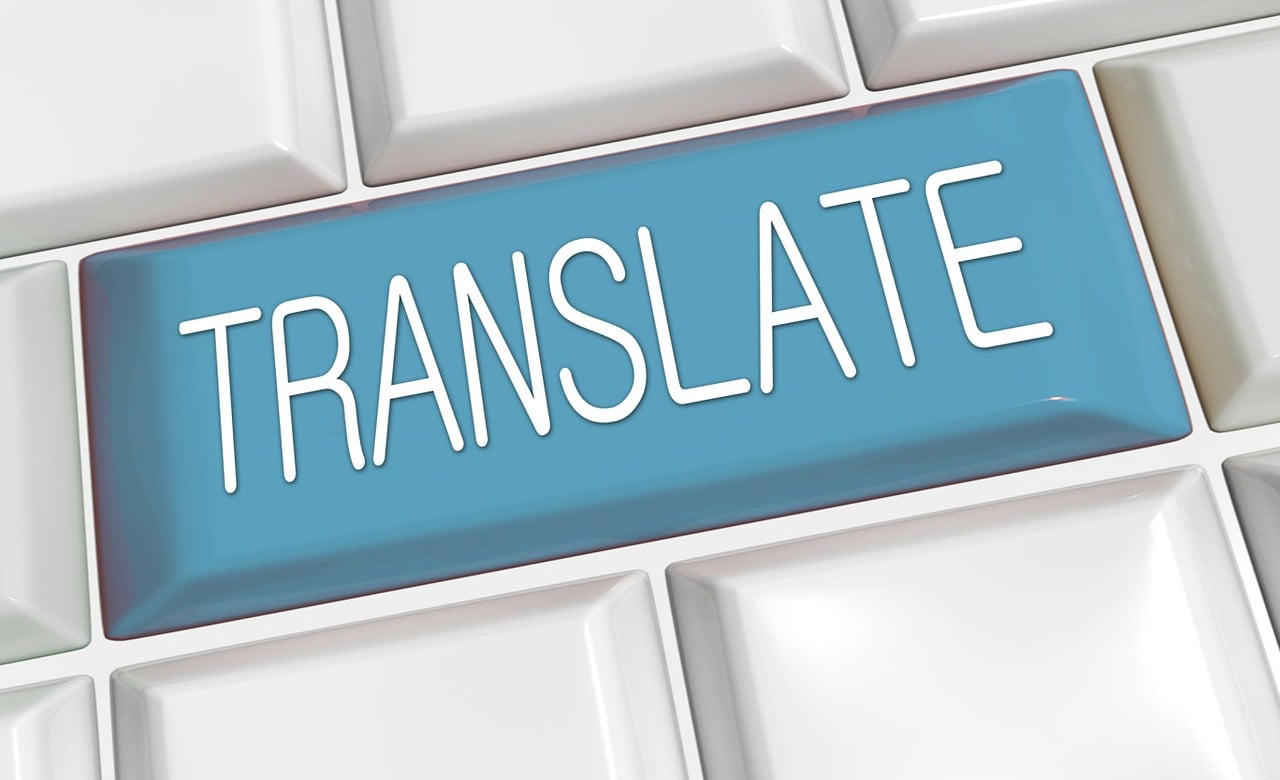A recent Marketing Dive story reported that marketing budgets account for 9.1% of total company revenue in 2023 — a percentage that fell slightly from 9.5% in 2022. At the same time – per a recent news release by Gartner – 75% of CMOs face increased pressure to “do more with less” to achieve profitable growth in 2023.
That same survey found that 86% of marketers stated the need for significant changes in the marketing function to achieve sustainable results. Marketers can make these changes by improving organizational processes and eliminating waste – without sacrificing campaign quality.
One area where marketers can cut expenses without compromising quality is translation. The costs of translating marketing materials (such as advertising, content and news releases) can consume up to 4% of a company’s marketing budget. And most organizations spend up to 4% of their marketing budget on translation and localization services, depending on their size and the scope of their global operations.
While that percentage may seem insignificant, those costs add up: translation is a $38 billion industry. Automating translations using AI and machine translation can help reduce these costs. But it also can often result in less-than-perfect translations that risk alienating customers in foreign markets. The right marketing copy fluency, accuracy and localization can ensure strong consumer engagement with your marketing materials.
How can global language service providers (LSPs) specializing in localization help marketers reduce translation costs? First, their expertise in diverse target markets’ unique cultural references, expressions, slang and other language particularities can help marketers create marketing copy tailored to their target customers and prevent embarrassing cultural blunders that make their companies look foolish.
Second, an LSP can find ways to cut unnecessary translation spending by helping marketers determine whether a translation is necessary and, if so, whether stylistic perfection is needed. Would customers in your target market prefer content in their native language? Do you want to spark a particular emotion with your target customer with compelling copy, or do you just need to communicate some facts?
Finally, an LSPs’ familiarity with the latest translation technologies enables them to help you optimize your workflows so you get the biggest bang for your translation buck.
This workflow optimization has multiple benefits. It can help prevent losses from late translations (which can result in delays in getting products to market and missed selling opportunities) and inconsistent or incorrect translations (which can dilute your brand message). Workflow optimization also can help you avoid translating the same documents multiple times, unnecessarily wasting employee resources and time.
Multinational corporations operating in 100+ countries can spend tens of millions on translation costs and still not reach all the regions needed to support their sales and marketing plans. Choosing the right language service provider can help you ensure your messages are understood by and resonate with your audiences — no matter where they live.
Roman Kotzsch is CEO of Milengo, a global localization and translation service provider.
If you like this article, sign up for the SmartBrief on Social Business email newsletter for free.
